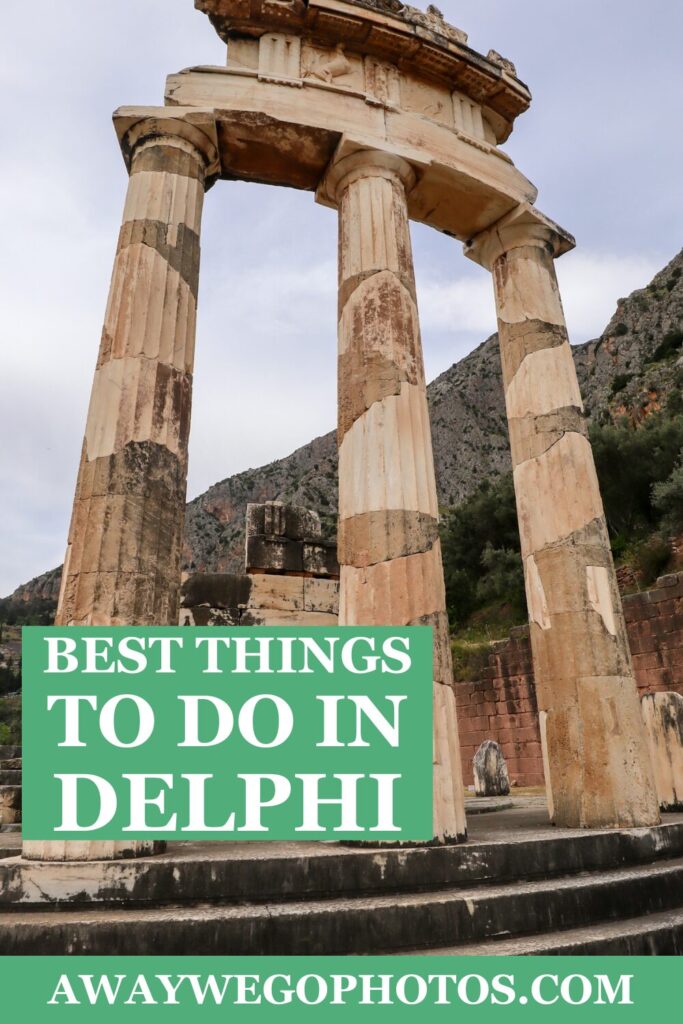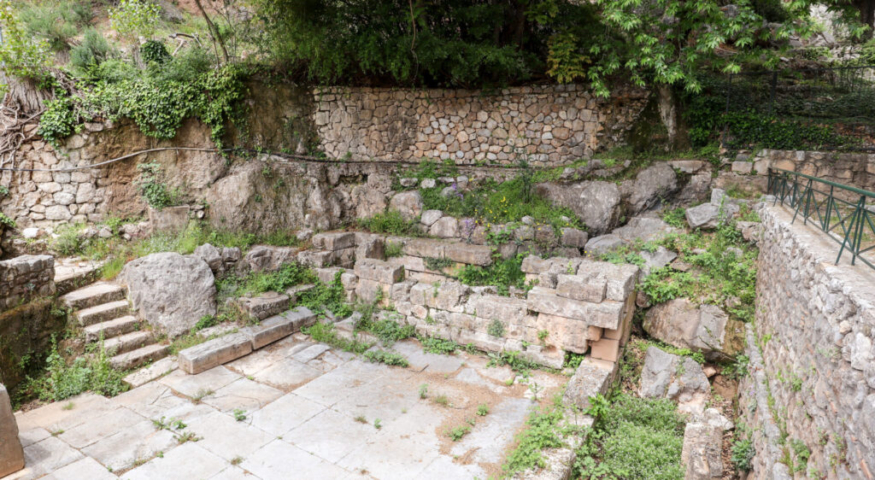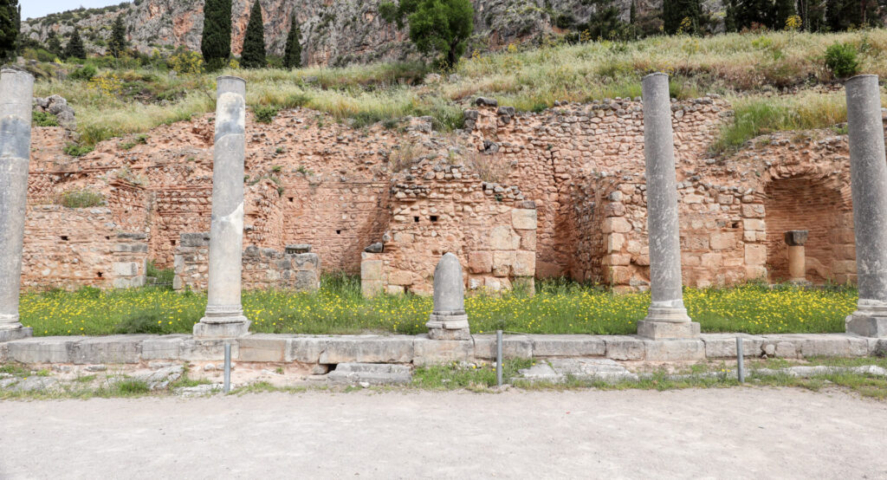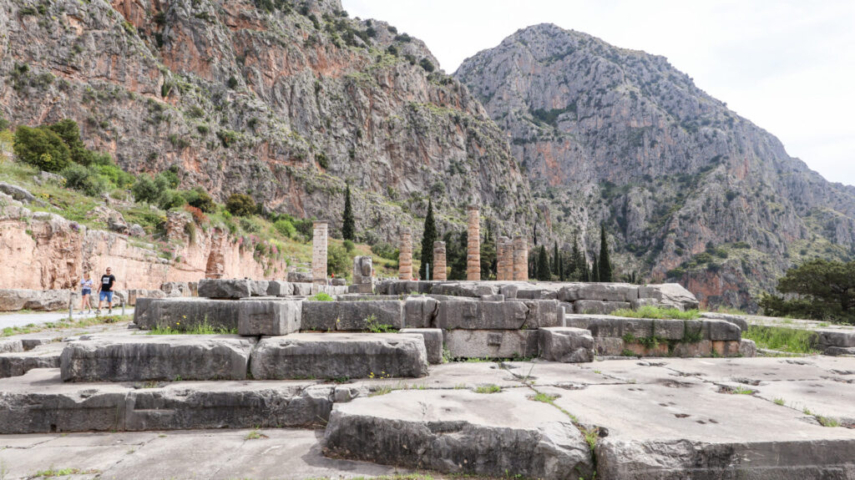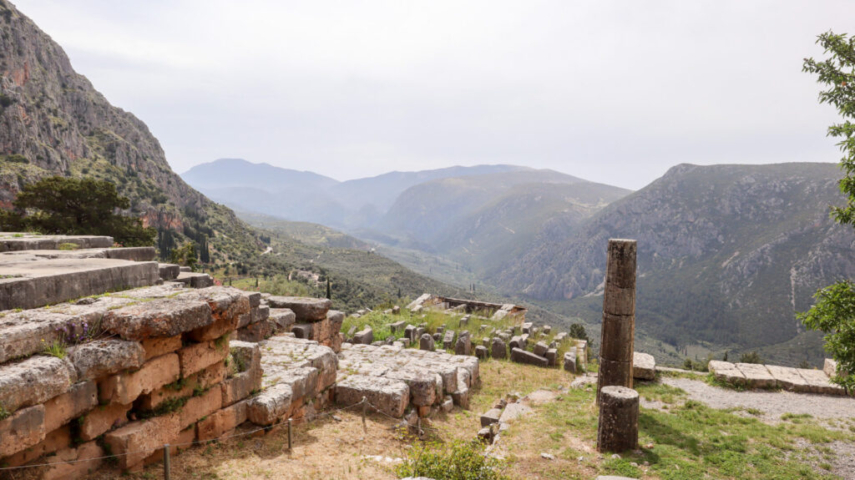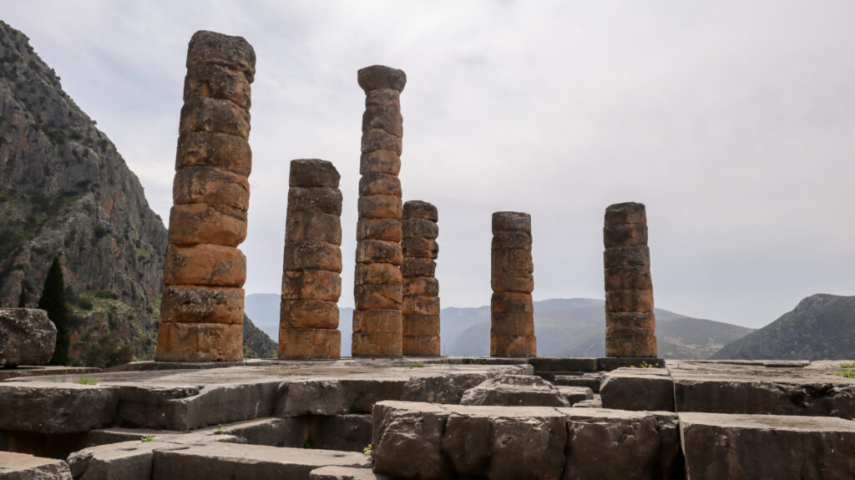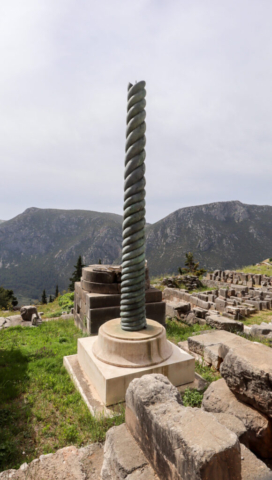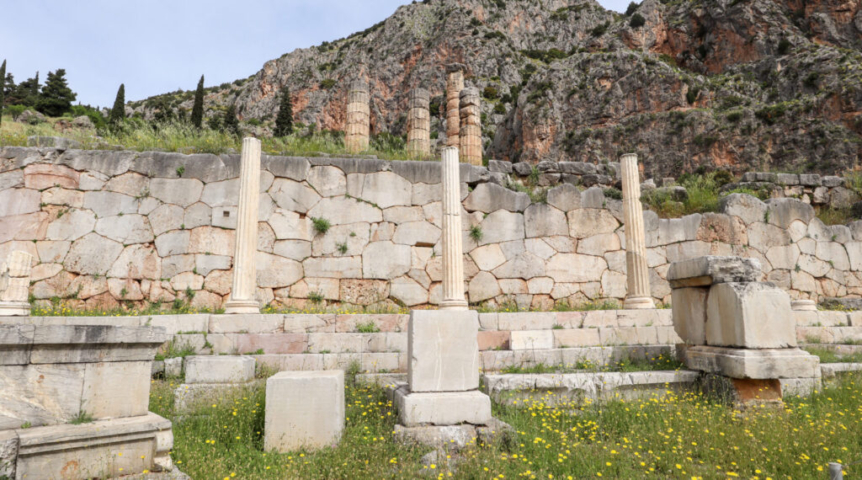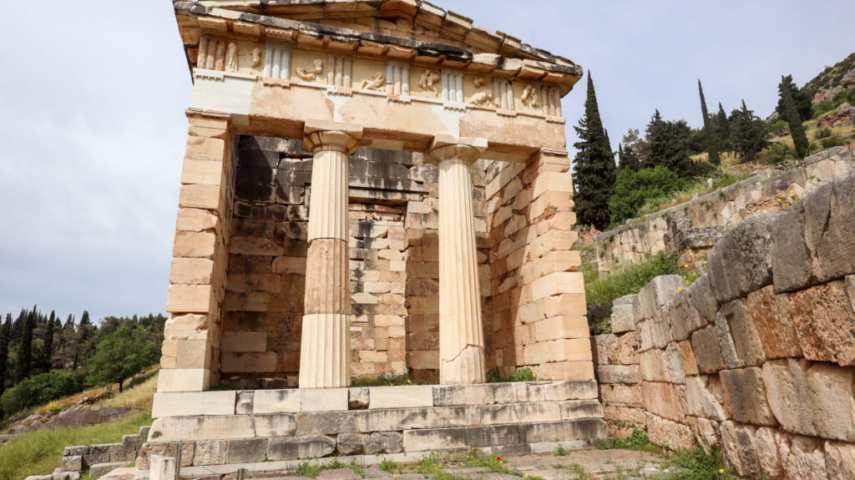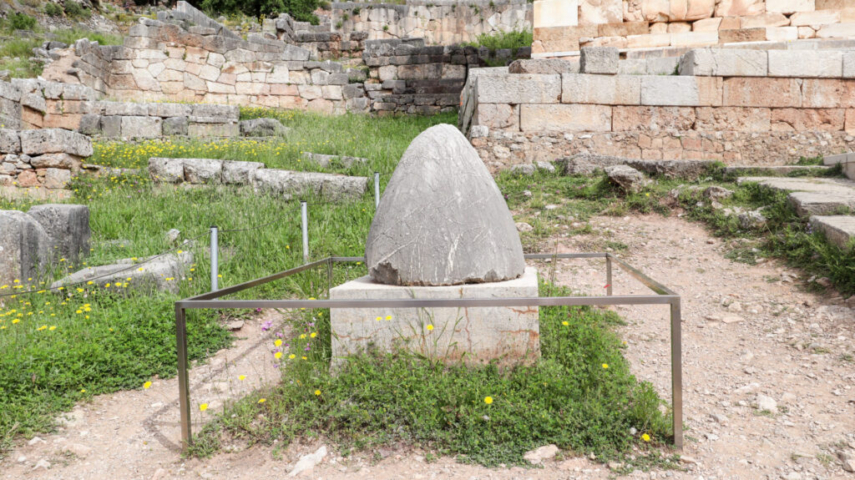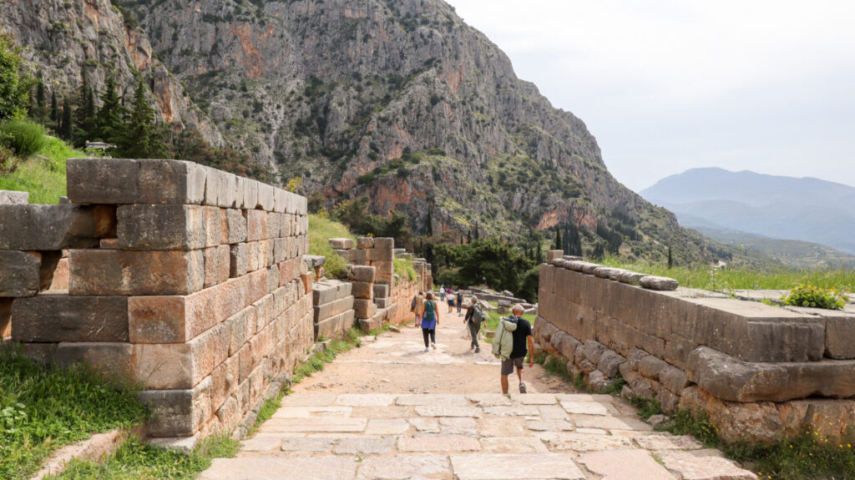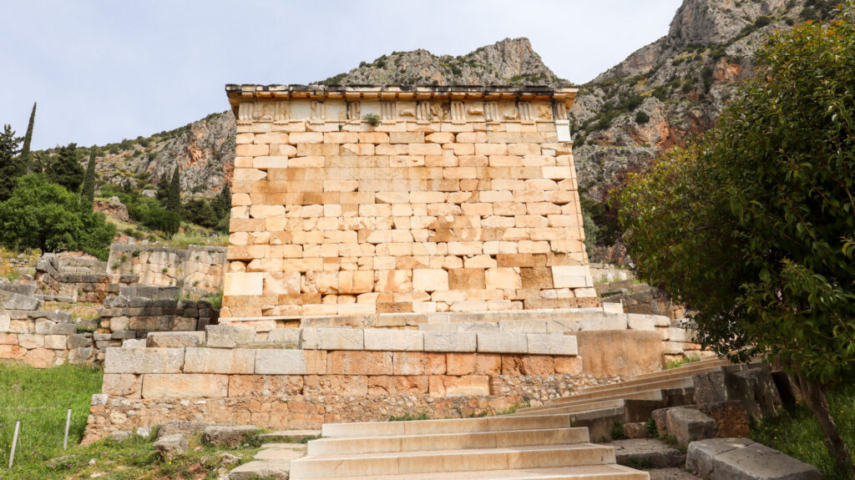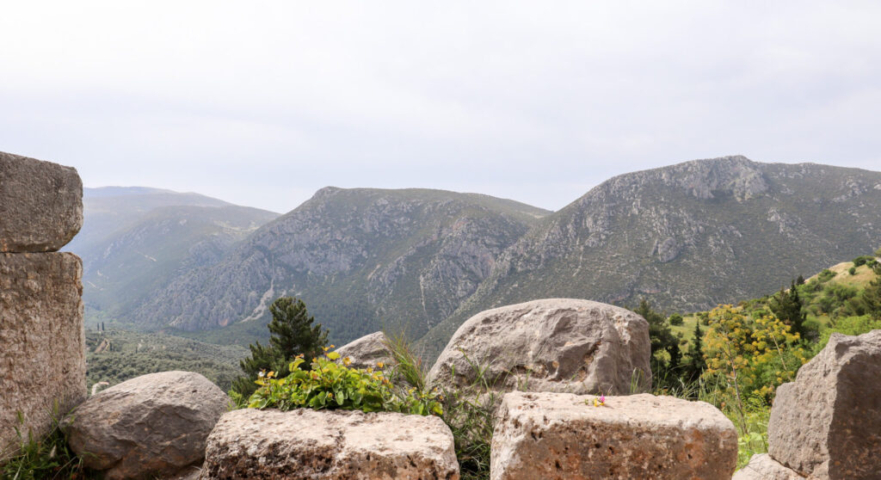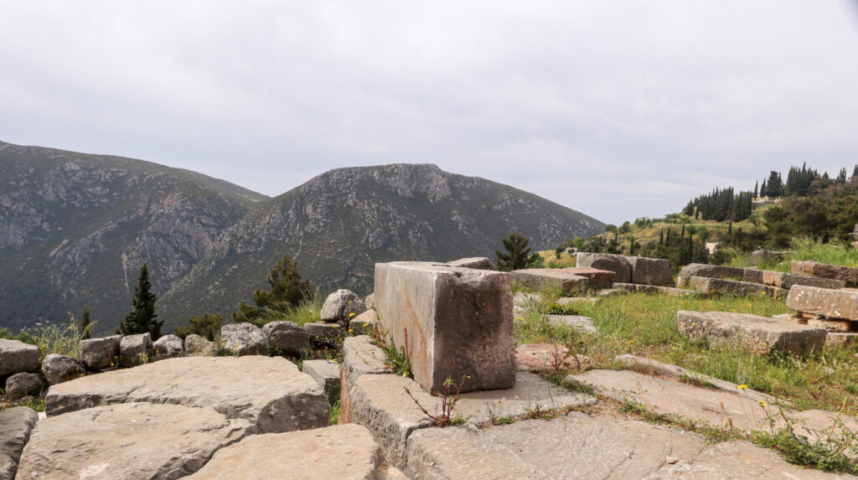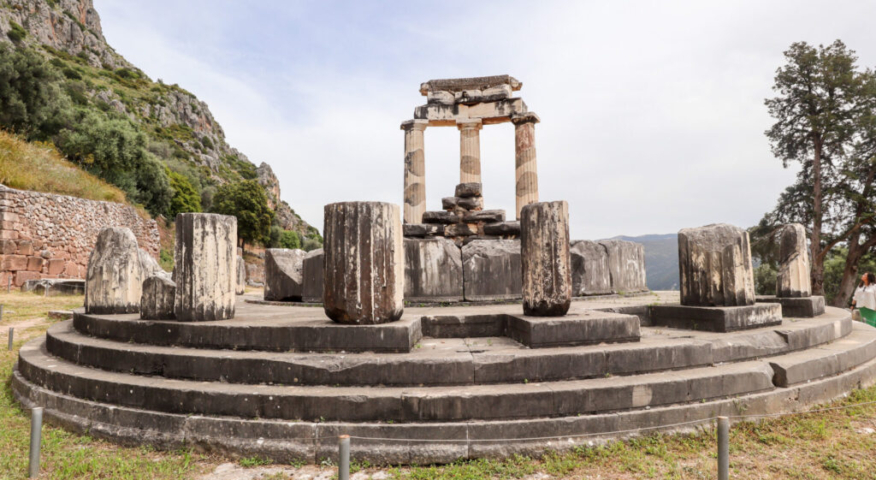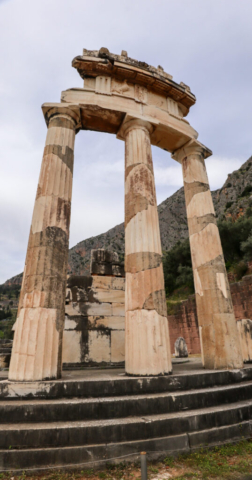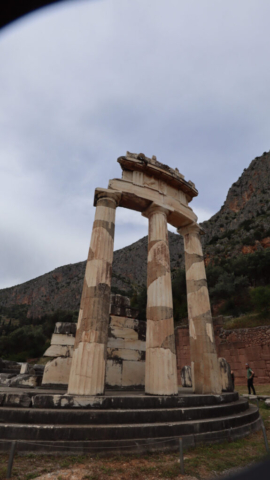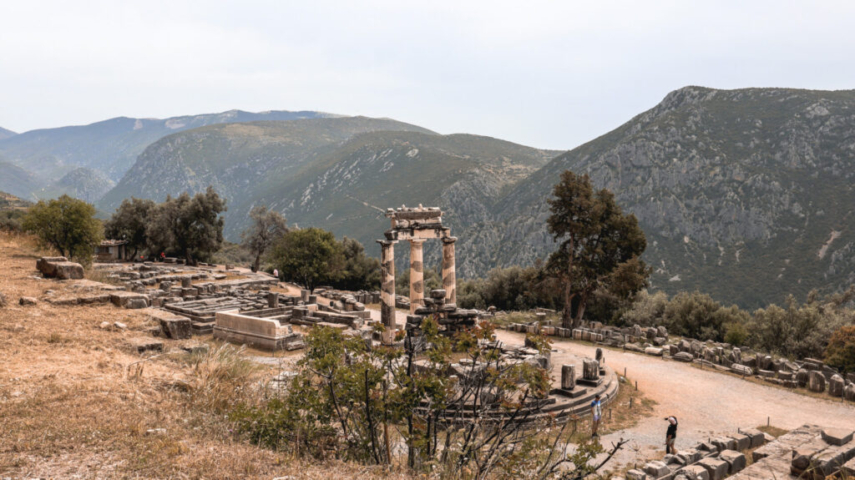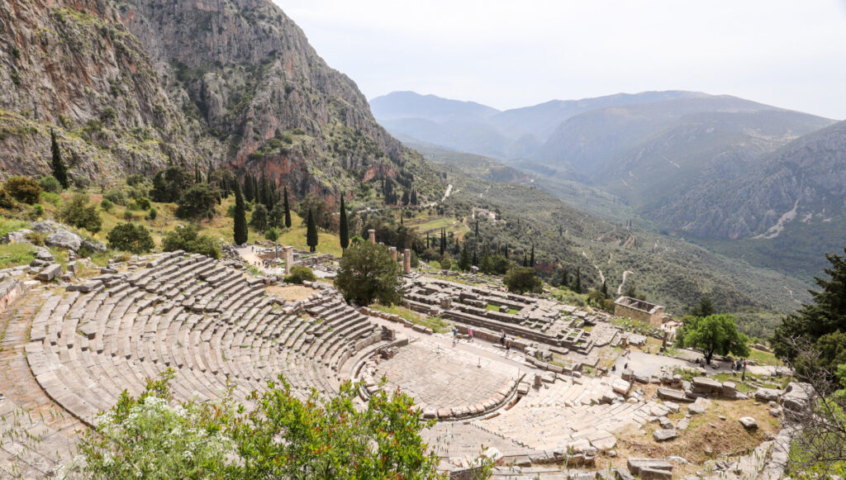Delve into the ancient wonders of Delphi’s archaeological site, a UNESCO World Heritage Site on Mount Parnassus. Explore the Temple of Apollo, witness ancient athletic contests at the well-preserved Stadium, and marvel at the elegant Temple of Athena Pronaia. Admire treasuries built by city-states and stand in awe at the Ancient Theater, a venue for the Pythian Games. Delphi’s historical tapestry unfolds with iconic structures, offering a captivating glimpse into the cultural and spiritual essence of ancient Greece.
Where is Archaeological site of Delphi?
The Archaeological Site of Delphi is in Greece, on Mount Parnassus in the region of Phocis. It overlooks the Gulf of Corinth and is about 180 kilometers northwest of Athens. This UNESCO World Heritage Site includes ancient temples, theaters, and treasuries, providing a captivating glimpse into the history of ancient Greece.
Key Facts about Ancient Stadium of Delphi
- The Ancient Stadium of Delphi served as a venue for various athletic contests during the Pythian Games, one of the ancient Greek panhellenic festivals.
- Positioned on a natural terrace of Mount Parnassus, the stadium offered spectators panoramic views of the surrounding landscape.
- Built in the 5th century BCE, the stadium underwent modifications over the centuries, reflecting the evolving needs of the Pythian Games.
- The stadium featured a 177-meter-long track for foot races and a sand-covered area for jumping and throwing events.
- The seating area, carved into the slope, accommodated thousands of spectators who gathered to witness the athletic competitions.
- Alongside the Olympic Games, the Pythian Games held at Delphi every four years attracted athletes from across the Greek world.
- The games were dedicated to Apollo, reinforcing the religious and cultural significance of the stadium.
- Athletes entered the stadium through a tunnel known as the “Cryptic Passage,” adding an element of anticipation to their appearances.
- The stadium symbolizes the synergy between sports, religion, and culture in ancient Greece, contributing to the broader cultural fabric.
- Excavations in the late 19th and early 20th centuries unearthed the well-preserved remains of the stadium, providing insights into ancient Greek sporting traditions.
Key Facts about Temple of Apollo (Delphi)
- The Temple of Apollo in Delphi was dedicated to the god Apollo, marking the religious heart of the ancient sanctuary.
- The temple housed the Oracle of Apollo, where the Pythia, a priestess, delivered prophecies believed to be inspired by the god.
- Constructed in the Doric style, the temple featured six columns on its façade and fifteen on each side, exemplifying classical Greek architecture.
- The temple underwent three main construction phases, with the earliest dating back to the 7th century BCE.
- As a central religious and cultural hub, the Oracle’s prophecies influenced major decisions, shaping the course of ancient Greek history.
- City-states and individuals dedicated treasuries near the temple, offering valuable gifts and tributes to Apollo.
- The temple suffered damage, including sacking by the Persians, and underwent various reconstructions throughout its history.
- The adyton, an inner sanctuary within the temple, housed the sacred tripod and was accessible only to priests and priestesses.
- The Temple of Apollo once housed numerous statues and artifacts, many of which are now displayed in the Delphi Archaeological Museum.
- The Temple of Apollo is part of the larger Delphi archaeological complex, recognized as a UNESCO World Heritage Site for its cultural significance and historical legacy.
Key Facts about Temple of Athena Pronaia
- The Temple of Athena Pronaia is located in the Sanctuary of Athena Pronaia, near the ancient site of Delphi in Greece.
- Built in the 4th century BCE, the temple was dedicated to the goddess Athena, emphasizing her significance in ancient Greek religion.
- The temple exemplifies the Doric architectural style, characterized by its simplicity and sturdy columns.
- Within the sanctuary, the Tholos of Delphi is a circular building with a unique structure, featuring a central core surrounded by columns.
- The temple itself is notable for its circular design, deviating from the more common rectangular plans of Greek temples.
- The Temple of Athena Pronaia showcases architectural innovations, including the use of Corinthian columns in the Tholos, adding to its uniqueness.
- The Sanctuary of Athena Pronaia housed treasuries and offerings from various Greek city-states, displaying their reverence for the goddess.
- The sanctuary played a role in hosting events related to the Pythian Games, a major panhellenic festival similar to the Olympic Games.
- Archaeological excavations have unearthed the remains of the temple and its surroundings, contributing to an understanding of ancient Greek religious practices.
- The Temple of Athena Pronaia, along with other structures in the Sanctuary, contributes to the rich cultural and historical heritage of Delphi, recognized as a UNESCO World Heritage Site.
Key Facts about Ancient Theater of Delphi
- The Ancient Theater of Delphi, built in the 4th century BCE, served as a venue for theatrical performances, musical events, and religious ceremonies.
- Positioned on the slopes of Mount Parnassus, the theater provides panoramic views of the surrounding landscape and the Gulf of Corinth.
- The theater was used for performances during the Dionysian festivals, celebrating the god Dionysus and showcasing Greek drama.
- The theater had a seating capacity of around 5,000 spectators, arranged in a semicircular pattern, allowing for optimal acoustics.
- The orchestra, where the chorus performed, and the stage area were integral parts of the theater’s design.
- The Ancient Theater hosted events during the Pythian Games, including musical and theatrical competitions.
- The theater’s backdrop featured a stunning view of the Temple of Apollo, enhancing the overall visual experience for spectators.
- Designed in the Greek classical architectural style, the theater exemplifies precision in construction and engineering.
- Subsequent excavations and partial restoration efforts have unveiled the well-preserved structure, offering insights into ancient Greek theater architecture.
- The Ancient Theater of Delphi contributes to the cultural significance of the Delphi archaeological complex, showcasing the intersection of art, religion, and civic life in ancient Greece.
